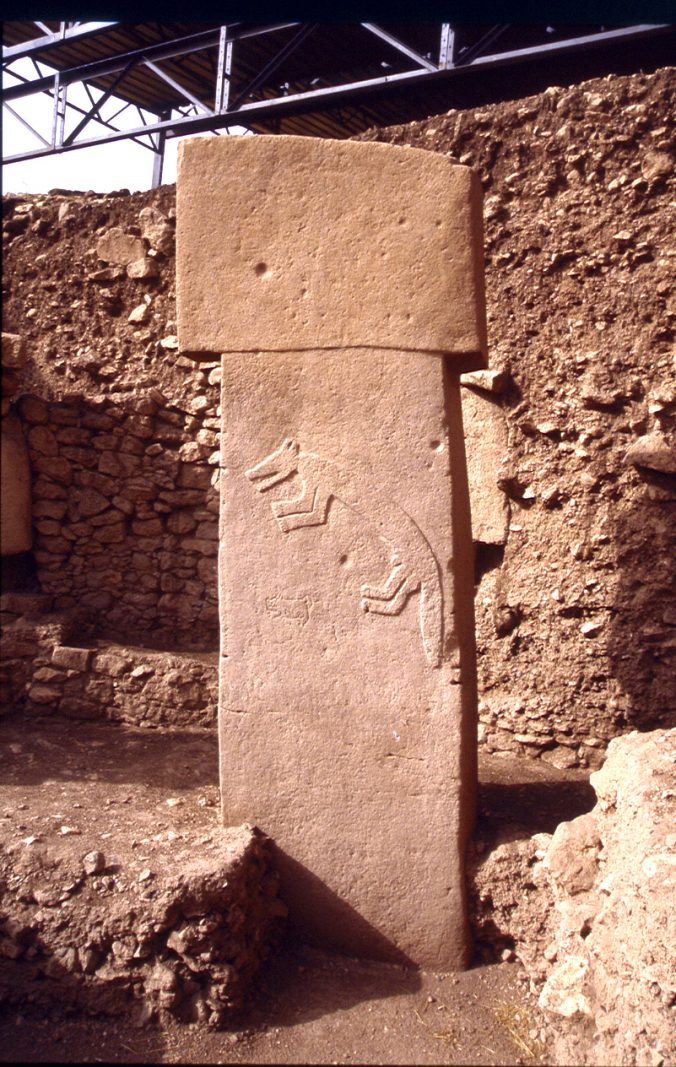November 24th 2016 Aarhus University [external link] will held a seminar on “Tracing Animism in Human Evolution: Inter-species Entanglements in pre-Modern Human Beliefs” as part of their “Material Culture Heritage” programme [external link].
“Animism is the belief that animals, plants, objects and other beings of nature are animated with ‘souls’. It is a cosmology in which nonhuman creatures and things are believed to have motivations, feelings and agency very similar to or identical with those of human beings. Thus, communications with and relations between the spirits, animals and humans are fundamentally social. Animism is closely associated with shamanistic practices and its inherent idea of shape-changing and of hybrid existences between animals, humans and things. Since the work of Tylor (1871) animism has often been conceptualized as the original form of religion in hunter-gatherer societies hence characterizing the outset of human history. There is in current research, however, a growing awareness of the changing nature of animism, which may take different forms in different societies and thus is not solely tied to a hunter-gatherer way of life. Based on case studies, experimental evidence and cross-cultural comparisons, the seminar papers explore whether there is a transcultural essence and multi-period presence of animism, whilst the perspectives taken represent archaeology as well as psychology and history of religion.”
Organised by by Armin W. Geertz (Study of Religion Research Program), Mathias Bjørnevad Jensen & Helle Vandkilde (Materials Culture & Heritage, Archaeology) the seminar will take place from 13:00 to 17:00 in AU Moesgård’s Foredragssalen (lecture hall). Represented by Jens Notroff, the Göbekli Tepe research project is glad having been invited to comment on the seminar’s topic from an early Neolithic perspective and present insight into latest research at this Pre-Pottery Neolithic site in southeastern Anatolia. Our contribution titled “Leaping Foxes, Dancing Cranes – Human-Animal Entanglement in a hunter’s world” will explore the changing self-perception of Neolithic hunters’ role and interaction within their environment.

(Photo: DAI)

Recent Comments